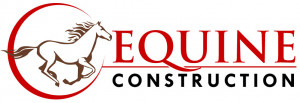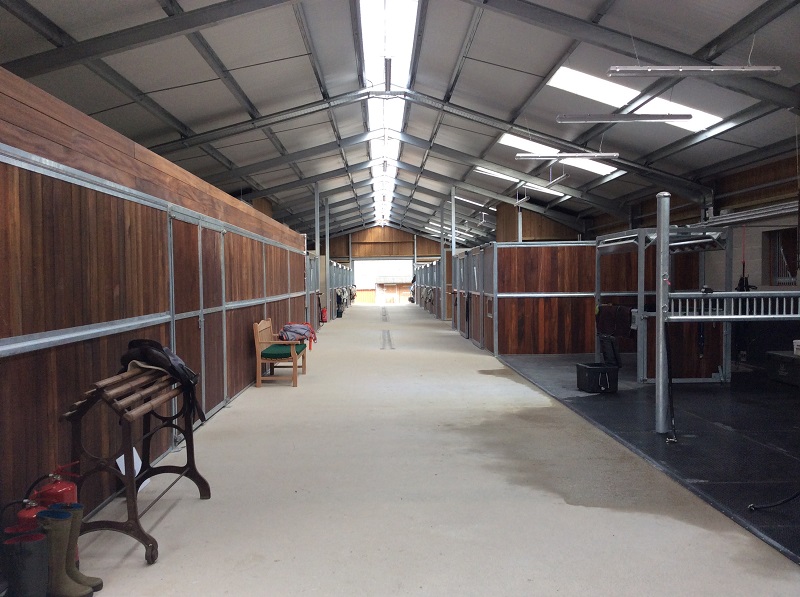Posted: 7th March 2019 | Back to news feed

With our horses often being an extension of our own families, their safety will be a consideration close to the heart of any owner. We offer our equines the highest levels of veterinary care, nutritional support and even alternative therapies to aid their performance, but are you offering a safe environment for your horse to live in?
David Johnson, Managing Director of Equine Construction and Equine Planning, has been a horse owner, breeder and dressage enthusiast for many years. Here he offers his expert advice in yard and stable design with your horse’s safety being a chief consideration.
It is essential to ensure the yard has suitable flooring, which is non-slip, to prevent accident and injury. Rubber matting is advisable in stables, wash bays, tie-up areas and poured rubber can also be used in all walk ways.

Ventilation is of the utmost importance particularly with the growing popularity of American Barn type stabling. We always ensure that barns have a double doorway at each end and each stable has a window to allow for maximum ventilation. Where possible we advise the use of a light ventilated ridge in the roof, which draws out stale air from the building. The roof height itself is also very important to ensure sufficient air flow around the building.
No sharp edges. As we all know, horses have a great talent for finding ways of hurting themselves so it is of great importance to look closely at the design and quality of stabling used. There should be no corners or sharp edges within the stable. Good quality stabling should always have a smooth finish and needs to be solid enough to withstand even the strongest kick or rub from a horse. For example, some cheaper ranges of internal stabling available will use soft wood within the panels which is really not strong enough if a horse were to become cast or kick out. Also the strength and thickness of the bars in stable fronts, partitions and window grilles must be thick and strong enough to avoid serious injury.
This should also be considered for wash bays and tie up areas. Partitions should always be solid and strong. If a block or brick built partition is used then specialised bricks with a rounded edge should be used.
Walkways around a stable complex are often overlooked but if a walkway between stables is too narrow there is a risk of a stabled horse biting a passing horse or the risk of a tight turn into a stable can cause a horse to hit itself on the doorway or slip when turning. The width of walkways therefore needs to be carefully considered when designing a new stable building or adding a new layout to an existing building.
For more planning advice from Equine Construction click here: www.equineconstruction.co.uk
The Equestrian Index newsfeed is compiled from articles submitted by advertising members and expresses the opinions of those members. Watsons Directories Ltd shall not be held liable for any inaccuracies or mis-statements therein.